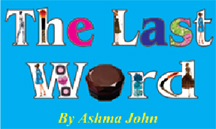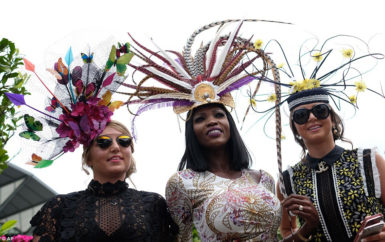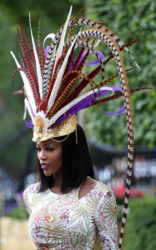Those who know me well are aware of my deep appreciation for millinery and the craftsmanship that surrounds it. I think this interest stems from being completely fascinated by the women I admire and find interesting. Princess Diana happened to be one of those women.

My fascination, however, remains. So every year, I turn my attention to the Royal Ascot to see the fabulous hats and the fashion of course, but more so to be awed by how the culture has managed to maintain a certain type of respect for craftsmanship when it comes to millinery.

In a recent telephone interview, hat fanatic Lystra Adams said she always looks forward to the Royal Ascot as it is one of the few events that really fosters creativity and keeps the hat tradition vibrant and full of life and momentum. Lystra said the Ascot is evolving every single year and the hats and conceptual designs are always more exciting than the year before.
She agrees that it is the country’s hat culture that helps to keep the millinery business alive and kicking.
Lystra said that while the Royal Ascot is a special event and she has incredible respect and admiration for the millinery industry, fashion’s new culture globally has taken much of the spotlight off of people truly appreciating and valuing craftsmanship.
She said, “People aren’t going to wear these hats every day! But they are great!”
While I am in total agreement with her, we can still draw a parallel on how culture plays a crucial role in actually creating and maintaining certain elements of fashion as a business among others. Without this horse racing event would there be such a vibrant millinery industry?
Perhaps, but we don’t know this for sure. What we do know however, is that tradition has helped to maintain a fixed interest in it.

Drawing a conclusion from all of this, even though millinery and the Royal Ascot are vastly different from anything going on in Guyana in terms of fashion, it is important to be reminded that millinery is craftsmanship that requires dedication and skill just like shoemaking and tailoring. While millinery is promoted through culture in Britain, we should look at how we can adapt some sort of heritage-infused preferment to promote the craftsmanship we are good at when it comes to fashion.
If we don’t take time to figure out how we can push fashion through culture, from an industry standpoint, bigger fashion outlets will continue to take away from craftsmanship, value and entrepreneurship. The Royal Ascot is a fantastic event to think on when it comes to reflecting on fashion finding ways of being monetized through culture.
Meanwhile, Lystra’s outfit this year is probably one of the most interesting ones this time round. It is a reflection of modern flair mixed with tradition. It’s also a gentle reminder that certain value and skill can never be replaced and we should always try to remember this in a world that has become so saturated with poor quality.




